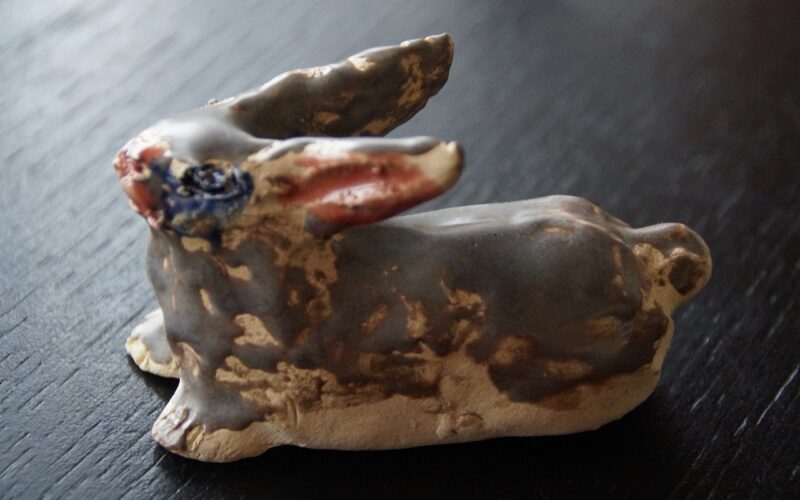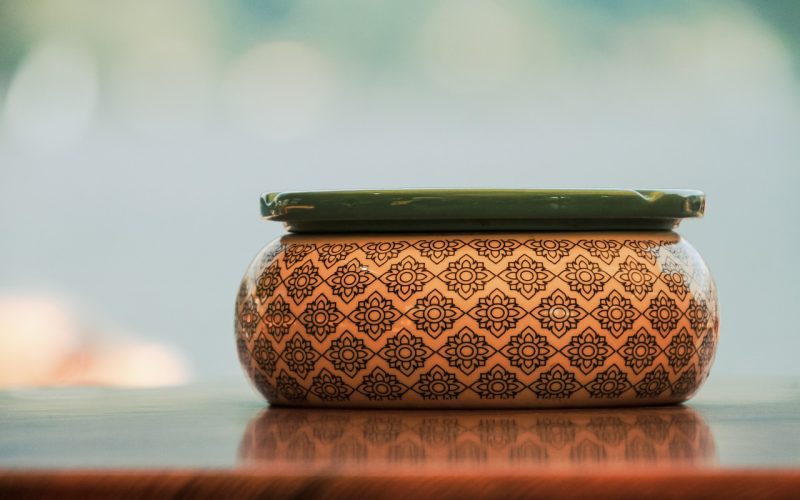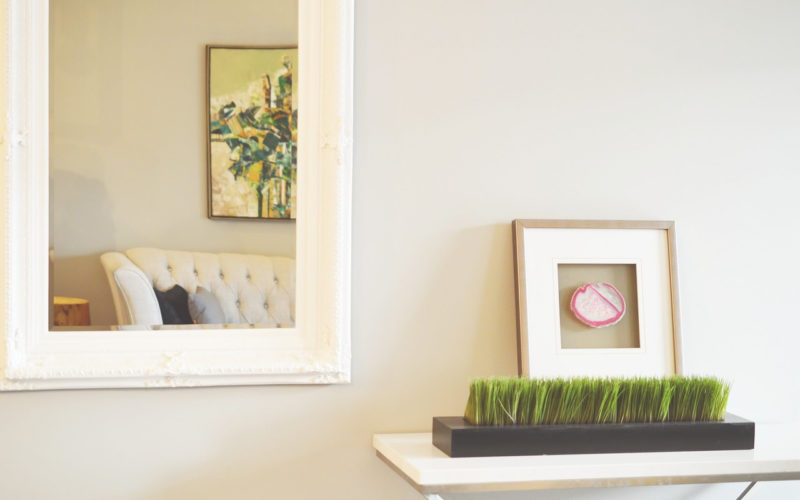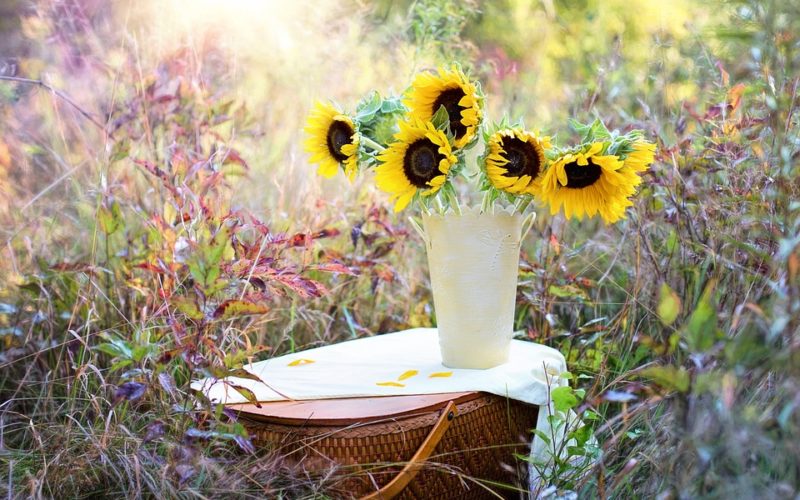Making Your Own Art
Have you ever dreamed of making your own ceramic vase or glass mug? With a little effort, you can turn these dreams into reality! Ceramics and glassware have been around for centuries – thousands of years in the case of pottery and centuries for other types of materials. The artistry involved in producing beautiful and useful objects by shaping clay, sanding them down, decorating with glaze or colour pigments is quite mesmerising. Whether for decoration or practical purposes, it can be immensely satisfying to create something from scratch that are uniquely yours. And although the concept may seem intimidating at first glance, learning how to make ceramic and glass ware is far simpler than one’s imagination might dictate. In this blog post series we will discuss the various materials needed as well as methods for constructing stunning items from start to finish– ready to display proudly on bookshelves across your home!
Materials and tools
Are you ready to turn your artistic vision into a tangible masterpiece? Before you start, it's important to have all the necessary materials and tools at your fingertips. Whether you're working with clay, glass fusing supplies or a kiln, it's essential to gather everything you need in advance. This way, you won't find yourself stuck in the middle of a project without what you need and end up feeling frustrated. With the right materials and tools, you'll be able to let your creativity flow freely and bring your ideas to life. So, take a moment to prepare yourself and gather the materials you need to get started. The possibilities are endless, and the end result is sure to be breath-taking!
Working with clay
Working with clay is a wonderful way to unleash your creativity and create beautiful pieces of art. However, before diving in, it's important to learn the basics. One crucial step is kneading the clay properly to ensure it's of the right consistency for your project. This involves working the clay with your hands until it's smooth and free of air bubbles. Once you have a good handle on this step, it's time to start shaping your creation. Whether you're creating a vase, a sculpture or something in between, the possibilities are endless.
Different techniques
There's no better way to put your creativity on display than through ceramics and glassware. The beauty of these crafts lies in the endless possibilities - the ways you can shape and mould your creation into something unique and beautiful are virtually infinite as well as decorating them with glass decals or ceramic transfers. Whether it's through the traditional technique of wheel throwing, where you use a spinning wheel to shape your clay, or the more hands-on method of hand forming, where you sculpt your piece manually, no two creations are ever quite the same. The beauty of these crafts lies not just in their distinctiveness, but also in the therapeutic nature of the shaping process. So take the time to learn the different techniques and make something beautifully unique.
Adding colour and texture
When it comes to pottery and ceramics, glazes and enamels are versatile tools that can bring a pop of colour and texture to your pieces. Glazes are essentially a type of glass coating that is applied to pottery and fired in a kiln. They come in a wide variety of colours and finishes, from matte to glossy, and can be used to create intricate patterns or solid colours. Enamels, on the other hand, are baked-on coatings that can be used to add designs and accents to your pottery. They come in a range of colours and can even be mixed and blended to create custom shades. Another decorating option is to use ceramic decals or glass transfers. Whether you're looking to create a bold statement piece or simply add some visual interest to your ceramics, glazes and enamels are definitely worth experimenting with.







